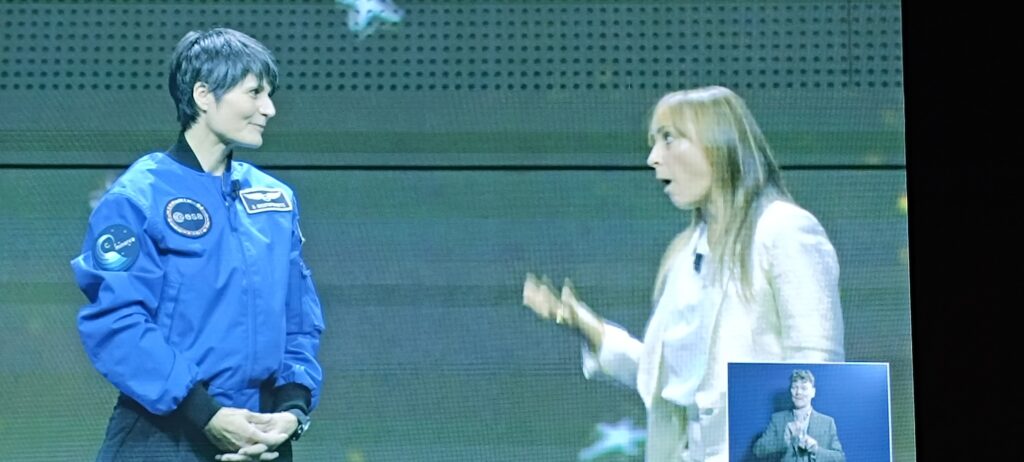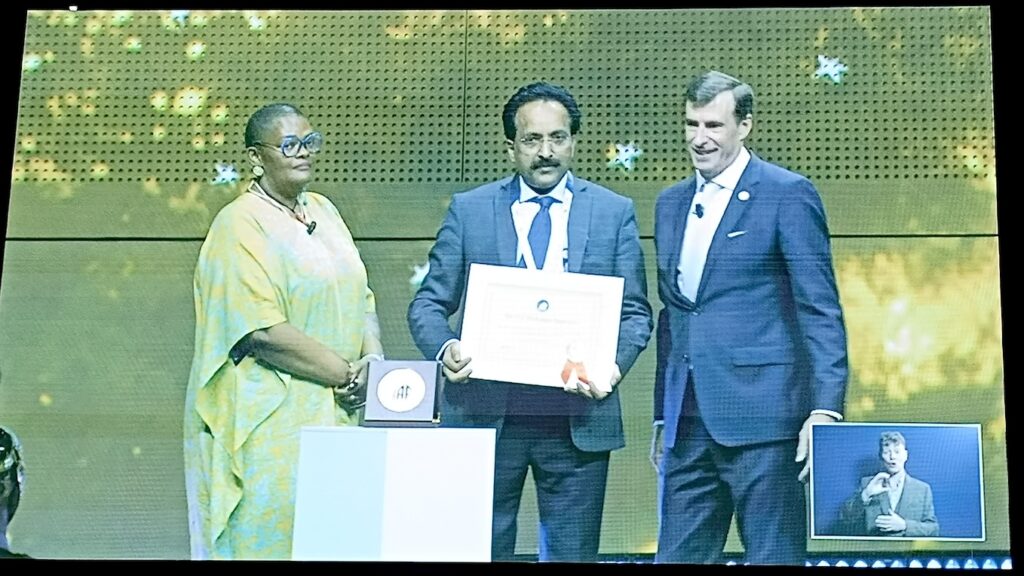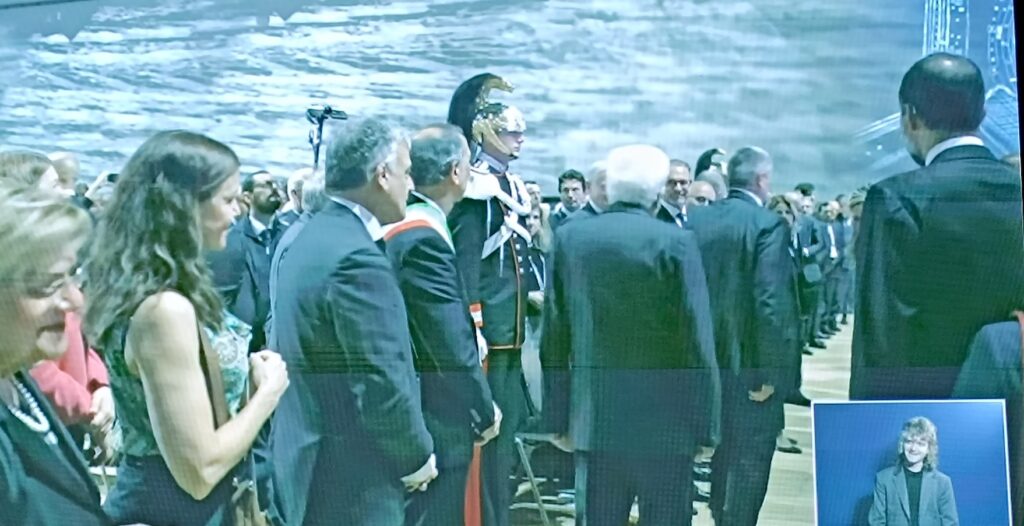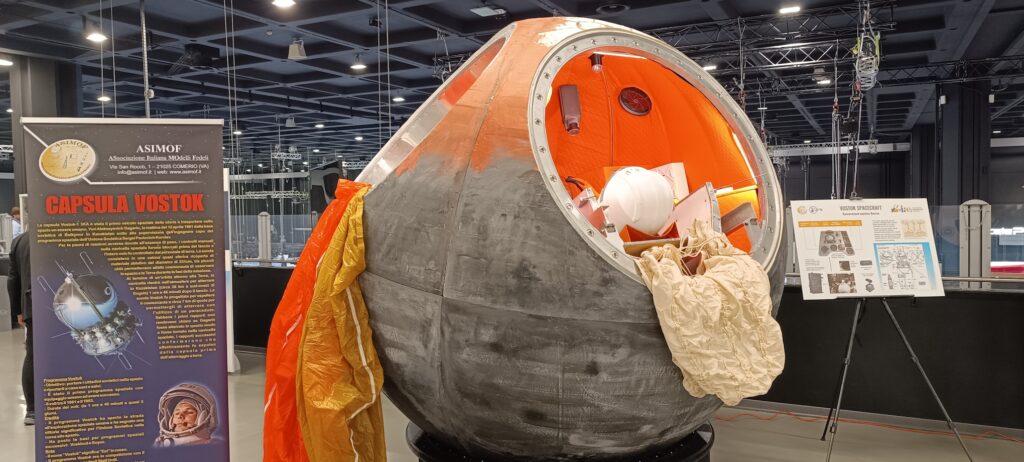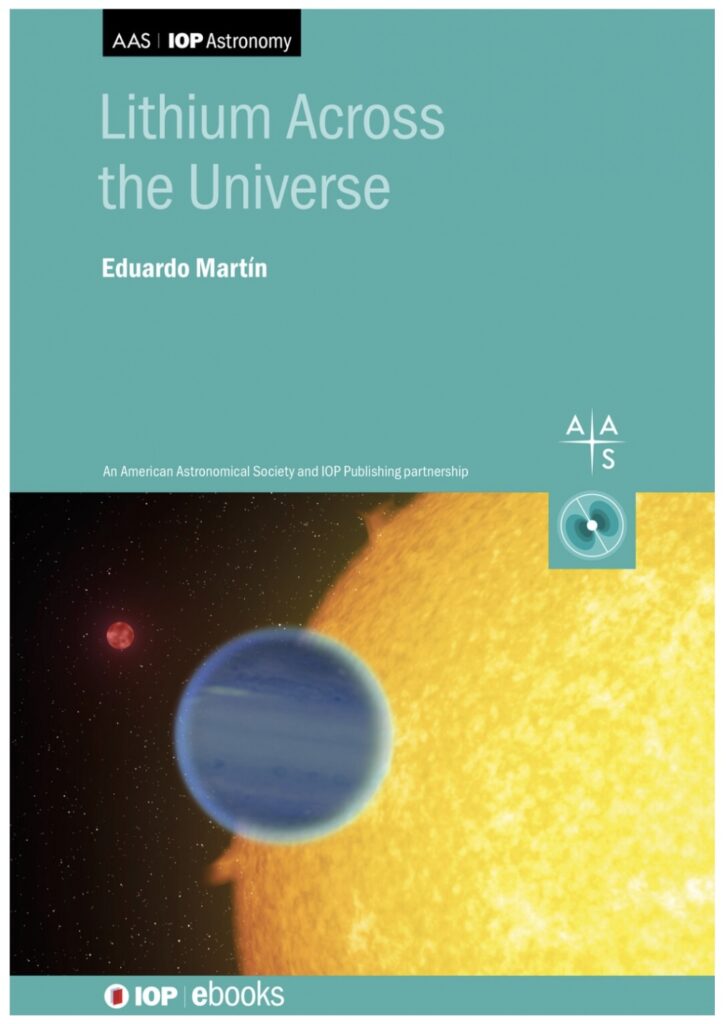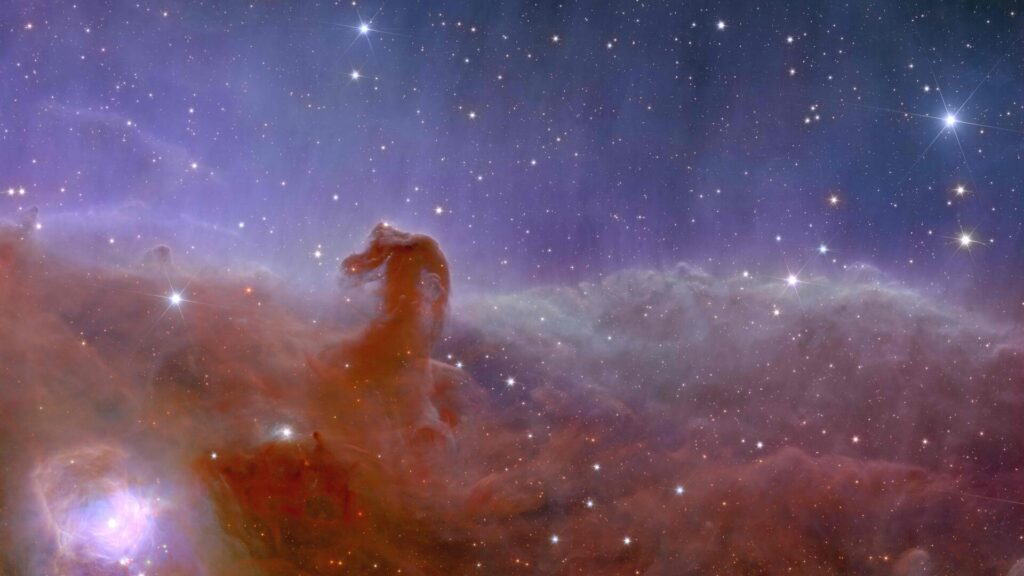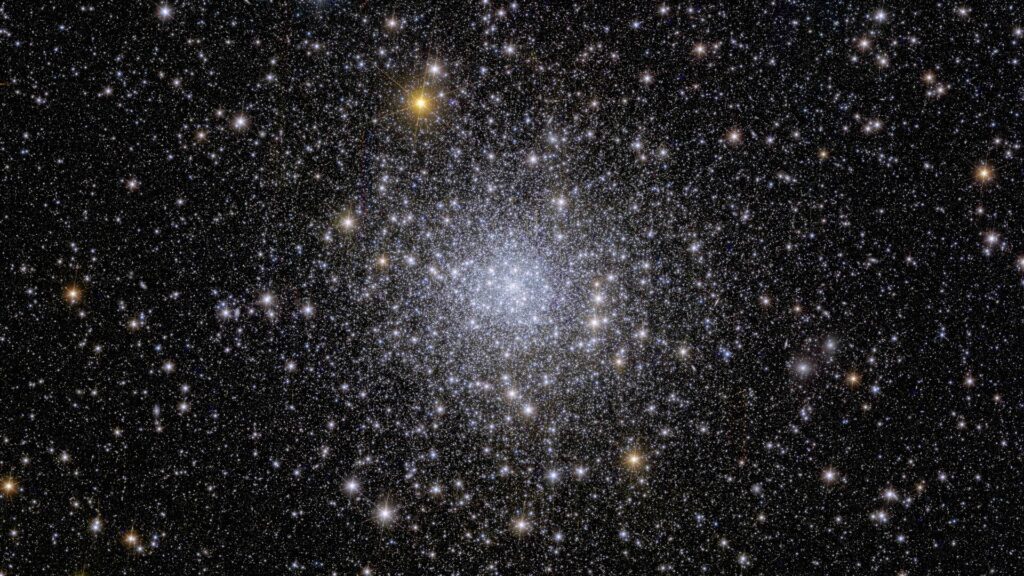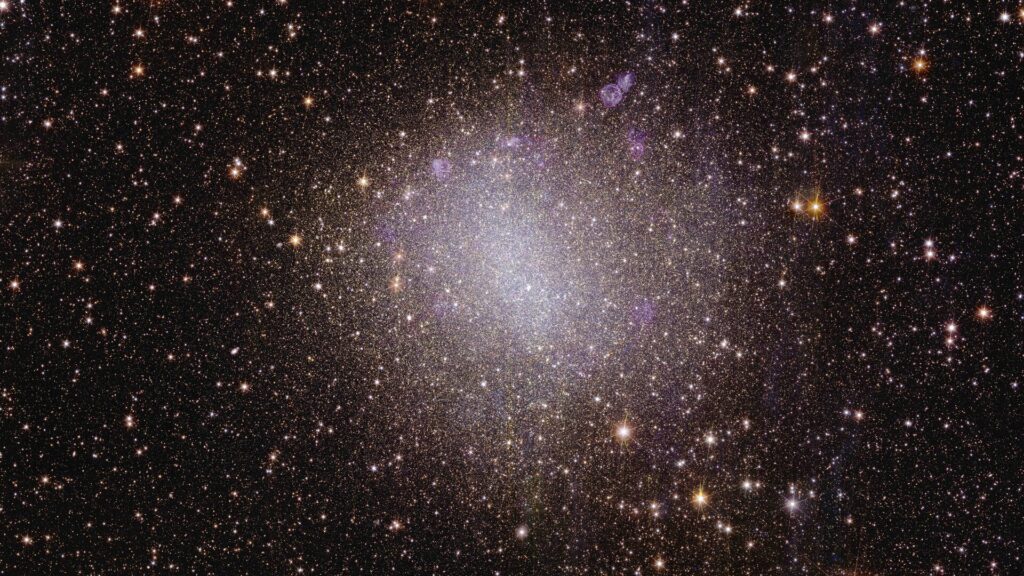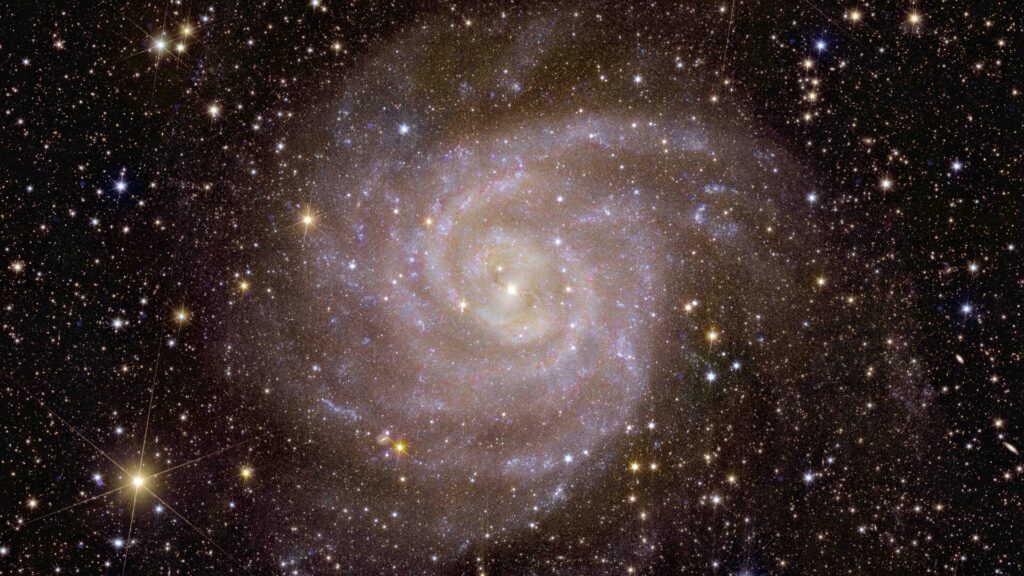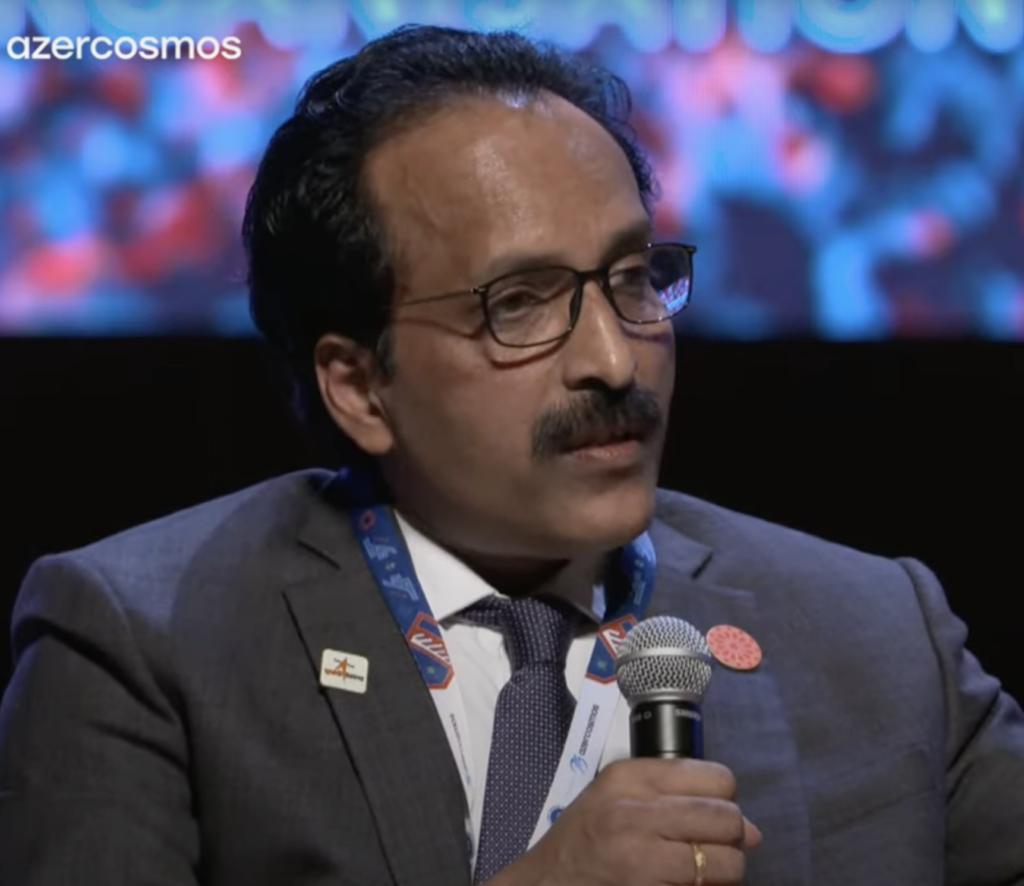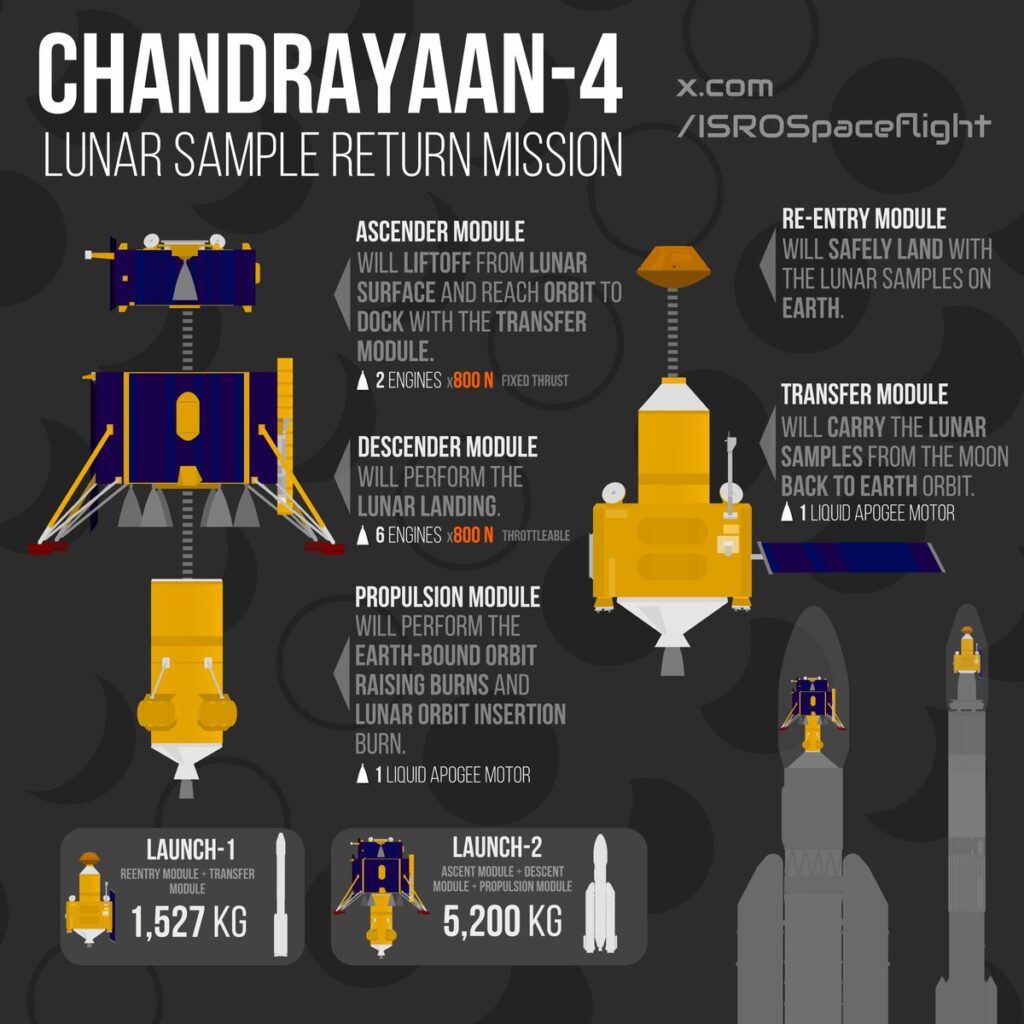This years #BlackFriday code is BlackFriday_50%_29Nov-8Dec2024 and is valid between 29th November and 8th December, inclusive.

The code is applied to the basket at checkout and only a single postage fee is applicable irrespective of the number of books purchased. Here is what you need to do. (any problems – email info@astrotalkuk.org)
1. Go to https://gurbir.co.uk/shop/
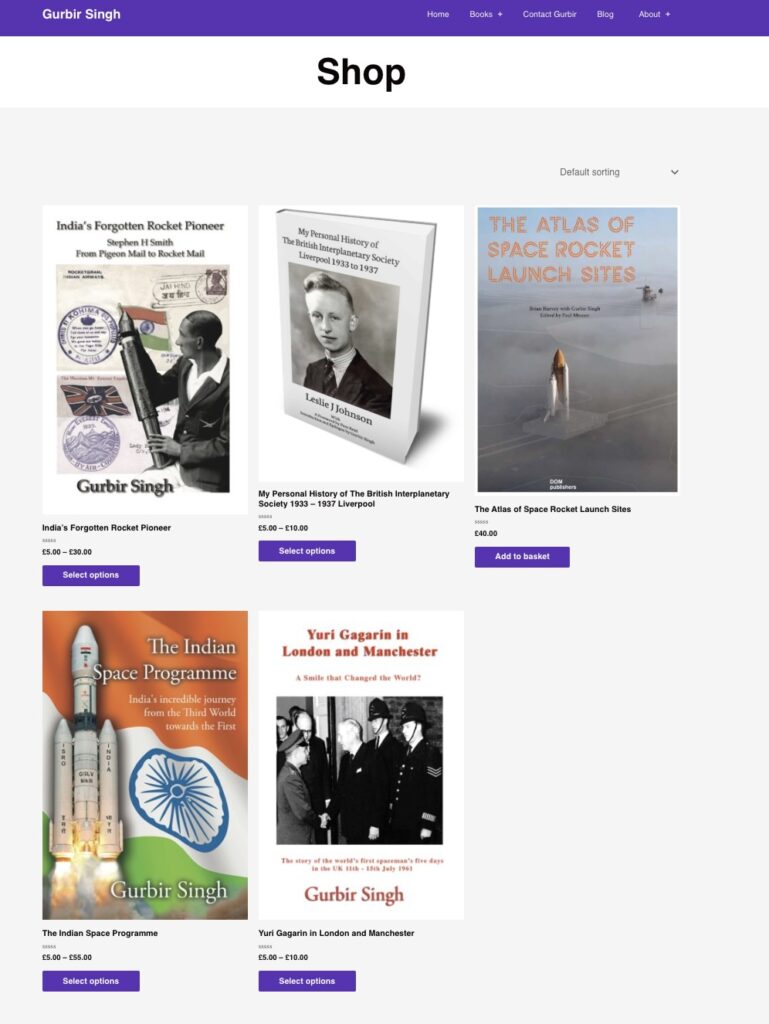
2. Select a book and add to basket

3. Select optional available formats

4. When finished – select View Basket
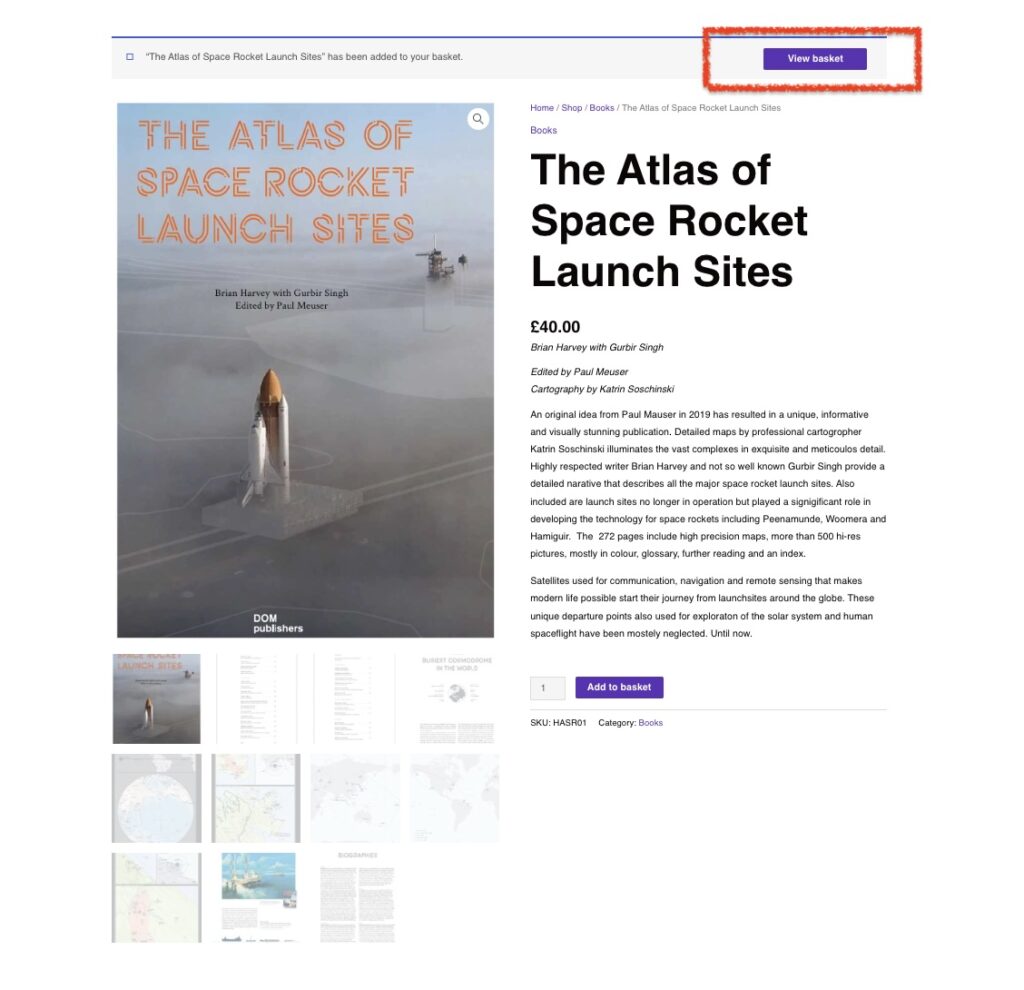
5. Enter coupon code BlackFriday_50%_29Nov-8Dec2024




